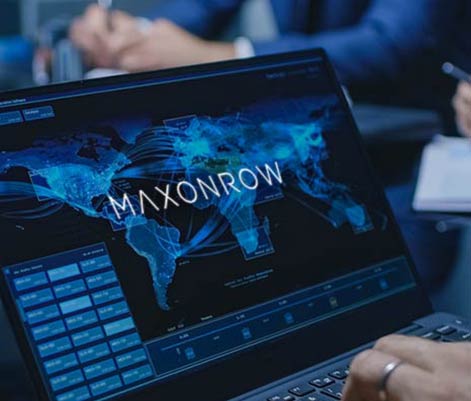Participants of the consensus protocol are called verification nodes. These nodes run the current version of the blockchain and have the authority to verify transactions and add blocks to the blockchain. The greater the number of verification nodes in the network, the more secure the network. But at the same time, the more verification nodes there are in the network, the more time-consuming the entire process. Therefore, special parameters must be used to limit the number of verification nodes.
Within a specified period of time, the right to sign a new block is transferred from one verification node to another verification node. If a node cannot create and sign a new block within the specified time period, the signing authority for the new block will be assigned to subsequent nodes in the verification node list. This network structure provides maximum performance for running applications in the digital ecosystem.
In the Delegated Proof of Stake (DPoS) system, participants still hold coins. However, the stake verifier will not be responsible for their own verification, but will outsource this work to a representative-and then these representatives will be responsible for reaching a consensus among them.
DPoS representatives are selected based on their reputation and perceived credibility. The theory of DPoS supporters is that the system encourages good behavior among representatives because the community has the right to vote to exclude and replace them at any time.
The ultimate goal of designing an ecosystem model in the blockchain is to enhance autonomy and performance. As the industry develops and technology matures, new solutions will emerge to solve existing problems. You can explore and practice more scenarios and use cases, and think more about the ecosystem model to solve real-world problems, such as international remittances and legal compliance. Everything has just begun.
The above are the advantages of DPoS and reflect a safe, reliable and efficient verification procedure, so Maxonrow opened the application of equity verifiers in early November.
Since Maxonrow open of the application of node validators, we have received enthusiastic responses and received many potential applications.
Here, I am honored to announce that Maxonrow has successfully appointed 5 qualified applicants as node validators. Once again, thanks to Maxonrow supporters for their support, the Maxonrow ecosystem has successfully entered into stage where it is completely dominated by the community and managed independently.





